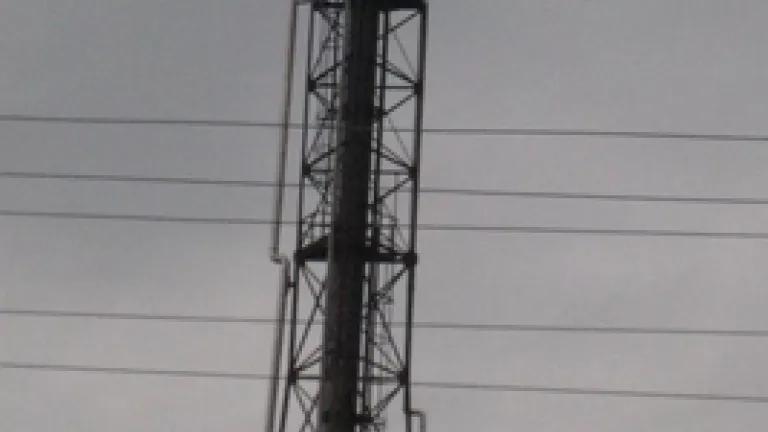
It’s official: Big Oil has now learned what happens when you try to play fast and loose with the air pollution laws protecting the public to try to save a few bucks. Today, US EPA together with NRDC and its coalition partners lodged an enforcement consent decree in federal court ordering BP to install $400 million worth of pollution control equipment. The consent decree settles challenges brought four years ago by NRDC and the other citizen organizations charging that BP had grossly miscounted the air pollution that would result from its now-ongoing expansion to allow processing of dirty Canadian tar sands oil. The decree also resolves multiple notices of violation from US EPA.
When BP first filed its permit application for the dirty oil expansion in late 2007, claiming that switching over to processing some of the dirtiest crude in the world was going to reduce the refinery’s air pollution, NRDC smelled a fish. Sure enough, when we brought in a sharp engineer to dig into the volumes of fine print buried in those 3,000+ pages of permits, we found that BP had engaged in some awfully funny math when counting up their emissions. BP knew that if they could just find a way to persuade Indiana that they weren’t actually going to pollute more by switching to dirtier crude, they wouldn’t have to pay to put on more environmental controls. So they decided just to pretend the pollution wasn’t there. What, those three big new flares designed to burn off sulfur-laden waste gas? We’re never going to actually use them. That big new coker designed to separate the toxic black petroleum coke out of the Canadian crude, and then vent gas from that process to the atmosphere? The thing’s clean as a whistle. Really.
But as it now turns out, BP was penny wise and pound foolish. Following an order in 2009 from US EPA agreeing with a number of the citizens concerns with emissions undercounting, as well as three separate notices of violation issued by US EPA against the Whiting facility for various Clean Air Act transgressions, BP saw the handwriting on the wall. It began joint negotiations with the citizens’ groups and US EPA, which have now concluded with the consent decree in which BP agrees to the air pollution controls they should have just installed in the first place, plus much more.
For one thing, BP will be required to put “flare gas recovery” controls not just on the new flares but most of the old ones as well. Th
is is huge. Refinery flares – those tall stacks with flames on top that you’ve probably seen if you’ve ever driven by a refinery – are some of the biggest sources of refinery air pollution, and the pollution often goes unreported. The flare gas recovery systems are a win-win – they direct the gas that would have been sent up the stack and burned back into the refinery for re-use. For another, BP will have to operate the coker by venting only at very low pressure. It will also be required to use only clean water in the coking process, rather than using the coker (as refineries often do) as a trash can for contaminated water. All kinds of other systems in the refinery will be subject to industry-leading standards of pollution control.
The biggest winner in all of this is the northwest Indiana community that breathes what the Whiting refinery emits. The $400 million that BP is being required to spend is expected to reduce regulated air pollution coming from the refinery by more than 4,000 tons. BP’s initial efforts to duck responsibility for pollution controls was, in effect, an effort to pass off on the community the real cost of processing dirty oil -- in the form of pollution-induced hospital visits and medical bills. Now, not only will the community benefit from cleaner air, but the settlement requires two years of monitoring at the refinery fenceline so the community can better understand the refinery’s effect on their air and their health. The monitors will measure toxic benzene, toluene, pentene, sulfur dioxide, hexane, hydrogen sulfide and other sulfur compound emissions, and the results will be provided to the public with weekly updates available online.
But other refinery communities are winners as well. The consent decree sets a high bar for future tar sands expansions, and makes for a pretty strong disincentive to try to slide by pollution control obligations the way BP did.
Bringing down the hammer on BP won’t make the problem of dirty tar sands oil go away. But it’s one very positive step toward making sure that those profiting from dirty oil are also paying its costs.

